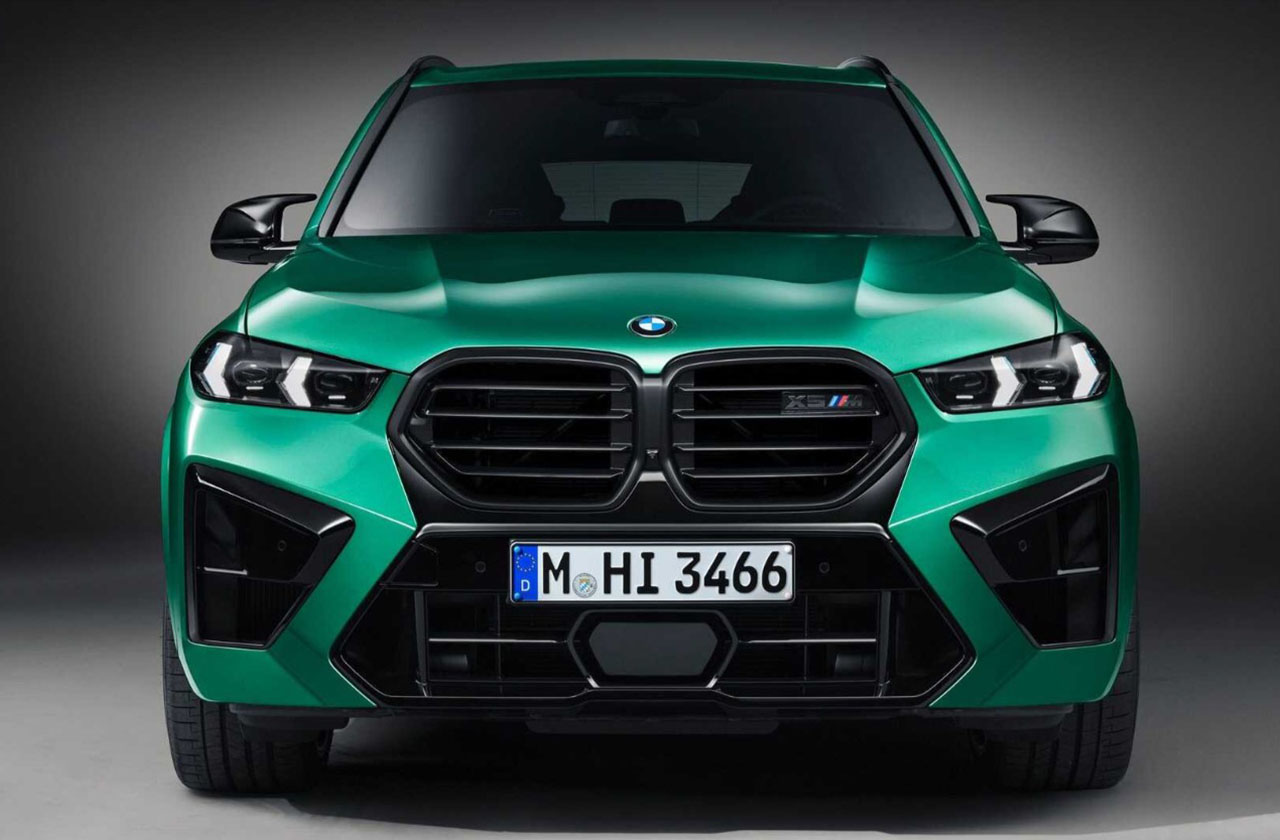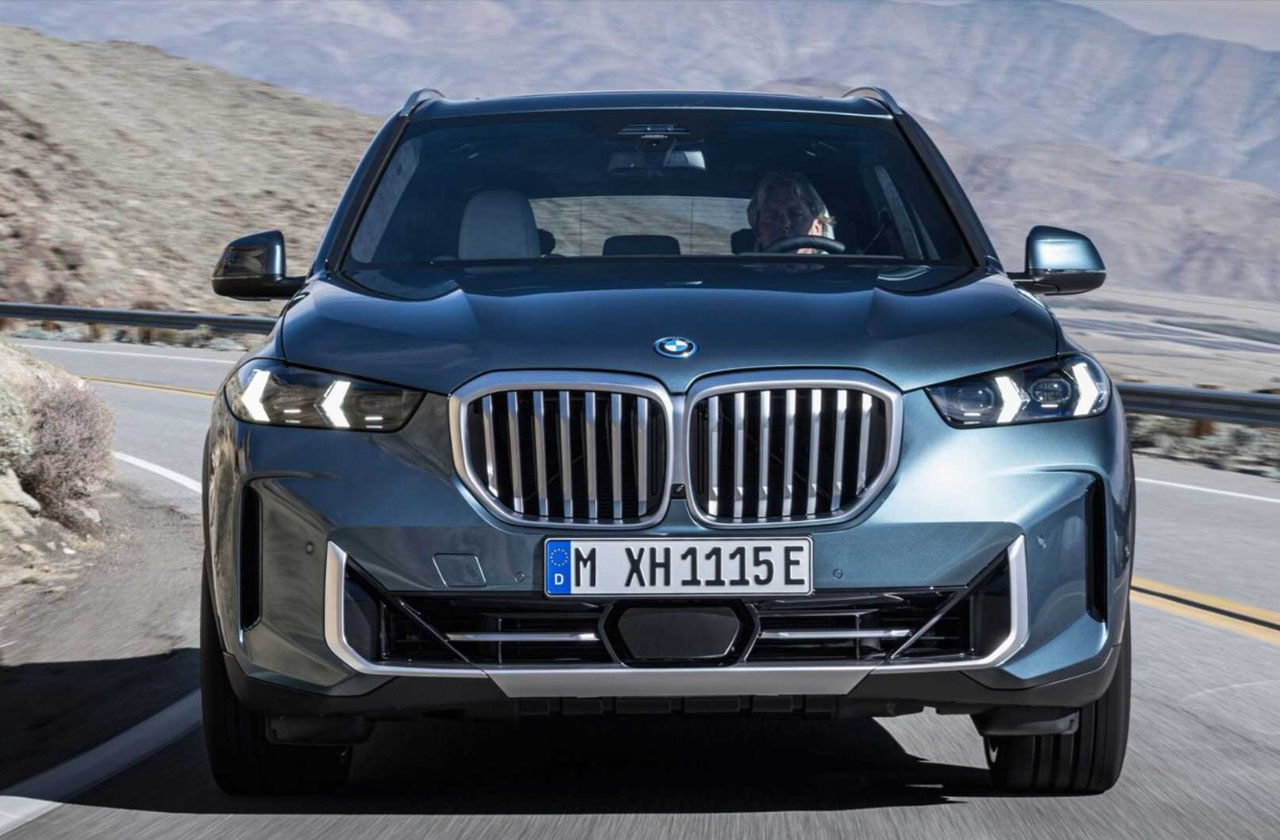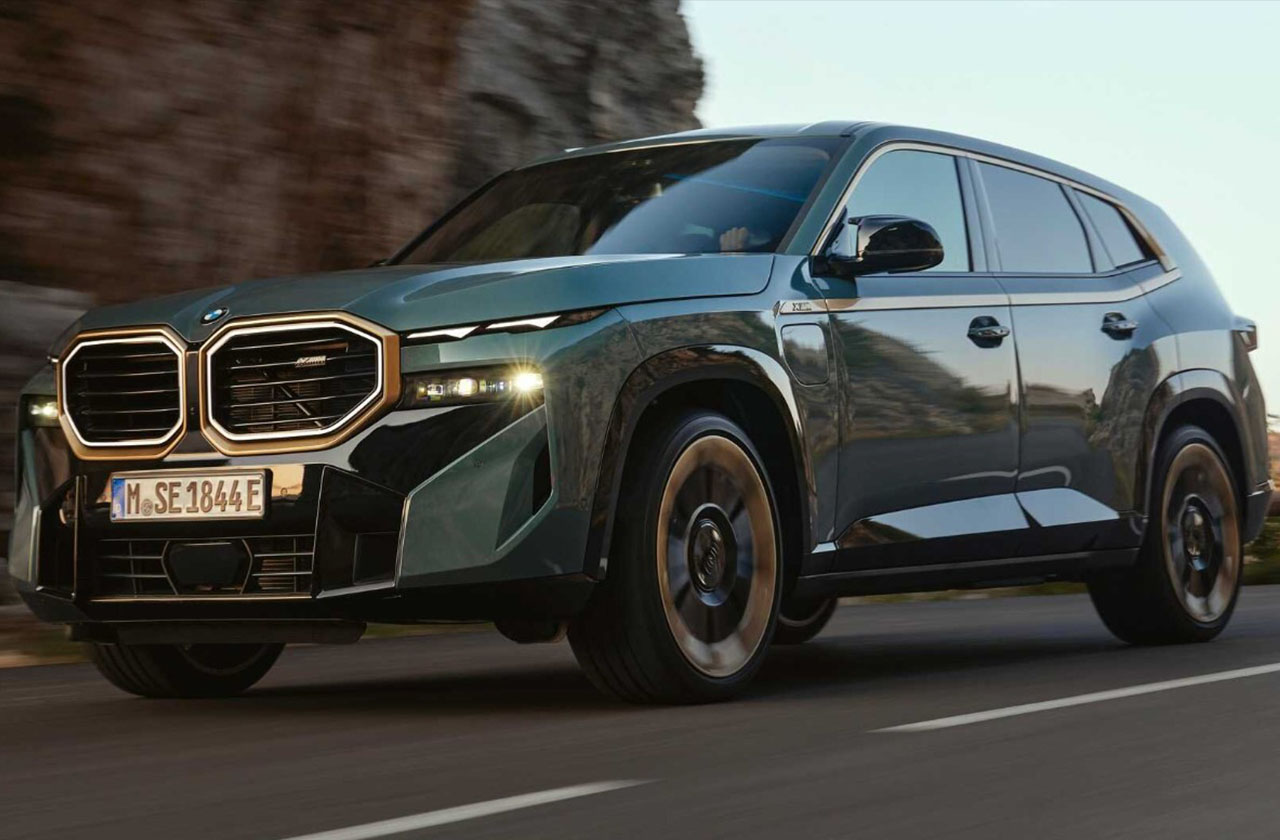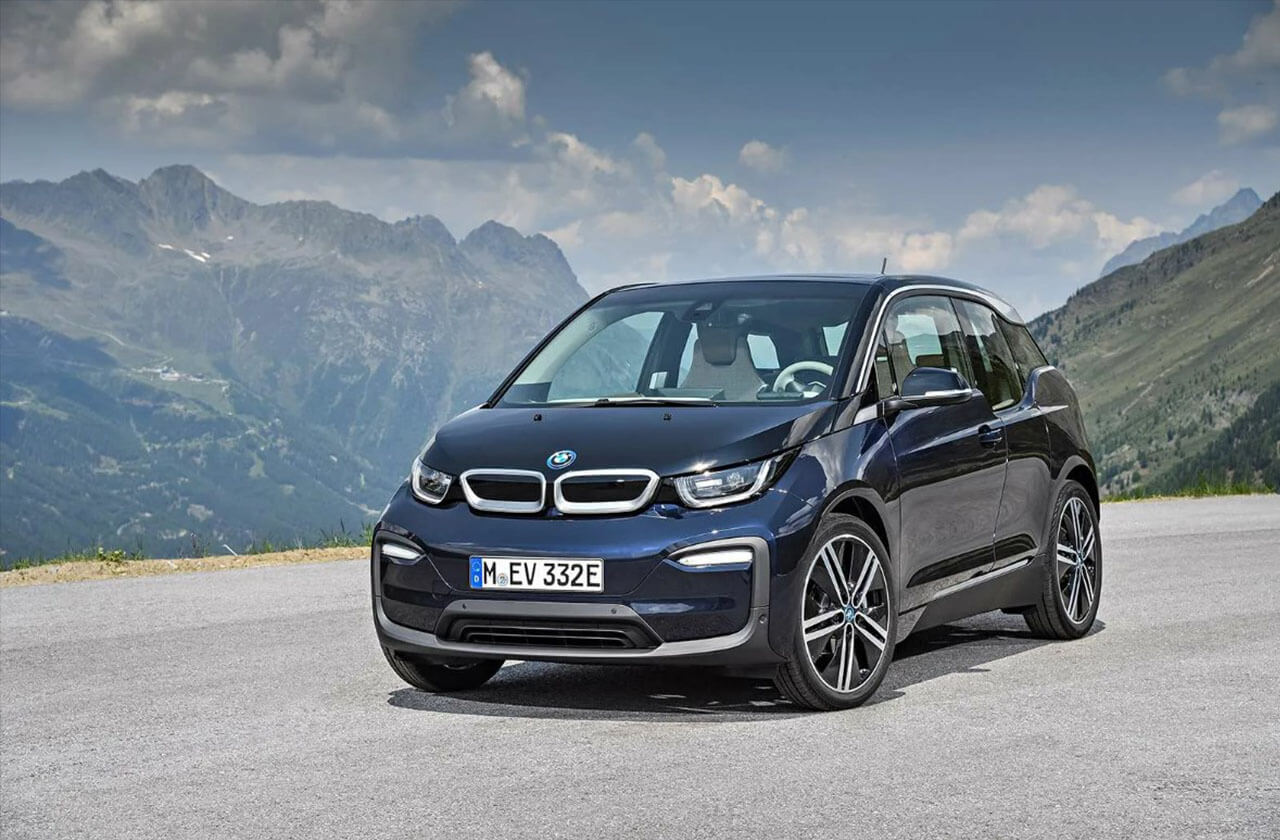It turns out that not all advanced driver assistants like adaptive cruise control or lane keeping are useful and reliable. Even in expensive premium models, they can make critical mistakes. This is the conclusion of the American Automobile Association (American Automobile Association, AAA), which conducted a series of tests with the BMW X7, Cadillac CT6, Ford Edge, Kia Telluride and Subaru Outback, released in 2019 and 2020. The lane keeping assist system performed the worst, accounting for 73% of incidents. The experts noted that the effectiveness of its functioning significantly depends on the quality and brightness of the markup (which is logical). If the road has been recently repaired, and the markings still contrast against the background of asphalt, then it is not difficult for the electronics to navigate correctly. But even in the wealthy US, the share of such highways is very small. As a result, in practice, the result left much to be desired. Plus, the Lane Keeping system sometimes brought the car too close to other vehicles or fences.
Analysts were also dissatisfied with the obstacle recognition system. For example, in a simulated situation where a certain car is parked on the side of the road and occupies part of the roadway, the top-end BMW X7 crossover made a collision in two out of three cases. Once he did not see the obstacle at all, and in the other he recognized it too late, having slowed down from 48.3 km / h to only 40.4 km / h. Only once did the X7 get it right and stop beforehand.
The Kia Telluride took down the simulated vehicle all three times, although it tried to stop each time.
Station wagon Subaru Outback only once made a collision, besides slowing down to 23.1 km / h.
As a result, test cars allowed collisions in 66% of cases. And this despite the fact that they were moving at a modest speed - 48.3 km / h.







